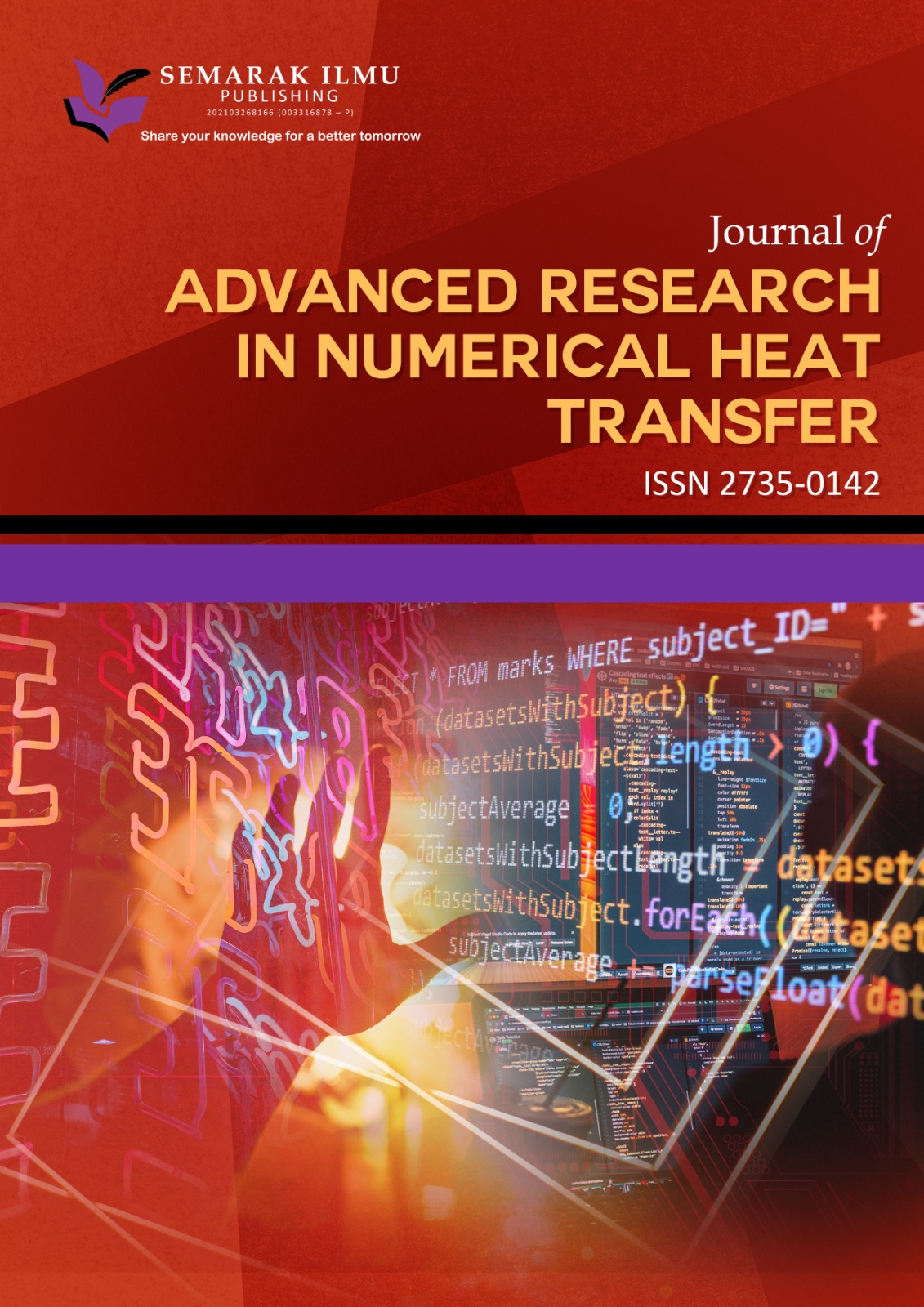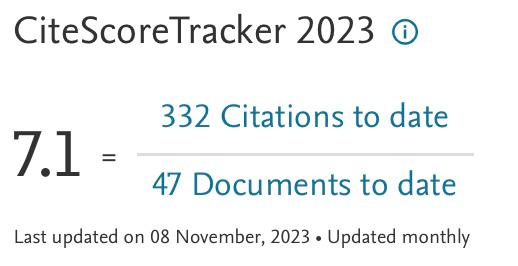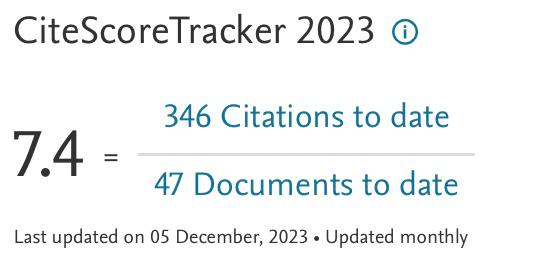A Numerical Evaluation of the Effect of Building Thermal Load on the Overall Performance Characteristic of a Grid-Coupled PV/T Energy System
Keywords:
Efficiency, emissivity, PVT collector, solar fractionAbstract
The primary aim of the cooling water in the direct-cool PVT collector is to reduce the module’s temperature. However, this objective may oppose raising the thermal output if the cooling water’s appropriate size is not determined. A numerical analysis of the impact of the scale of the hot water demand on a grid-integrated hybrid energy system’s overall performance is investigated using TRNSYS software in this study. It was found that the size of the hot water demand significantly determines the temperature of the module and the energy it produces. The low-emittance collector is about 200% more susceptible to changes in the hot water demand scale than the high-emittance collector. Although the high-emittance collector produces higher power than the low-emissivity collector, its thermal energy production is about 38% lower. Overall, the low emissivity collector produces more energy than the high emissivity collector, and this difference in performance becomes more pronounced as the overall demand for thermal energy grows. Therefore, for building applications where the goal is to meet power and a high amount of hot water demand, the low emissivity collector is recommended. On the other hand, if the goal is to improve the power production solely, the high emissivity collector is the most appropriate.






















